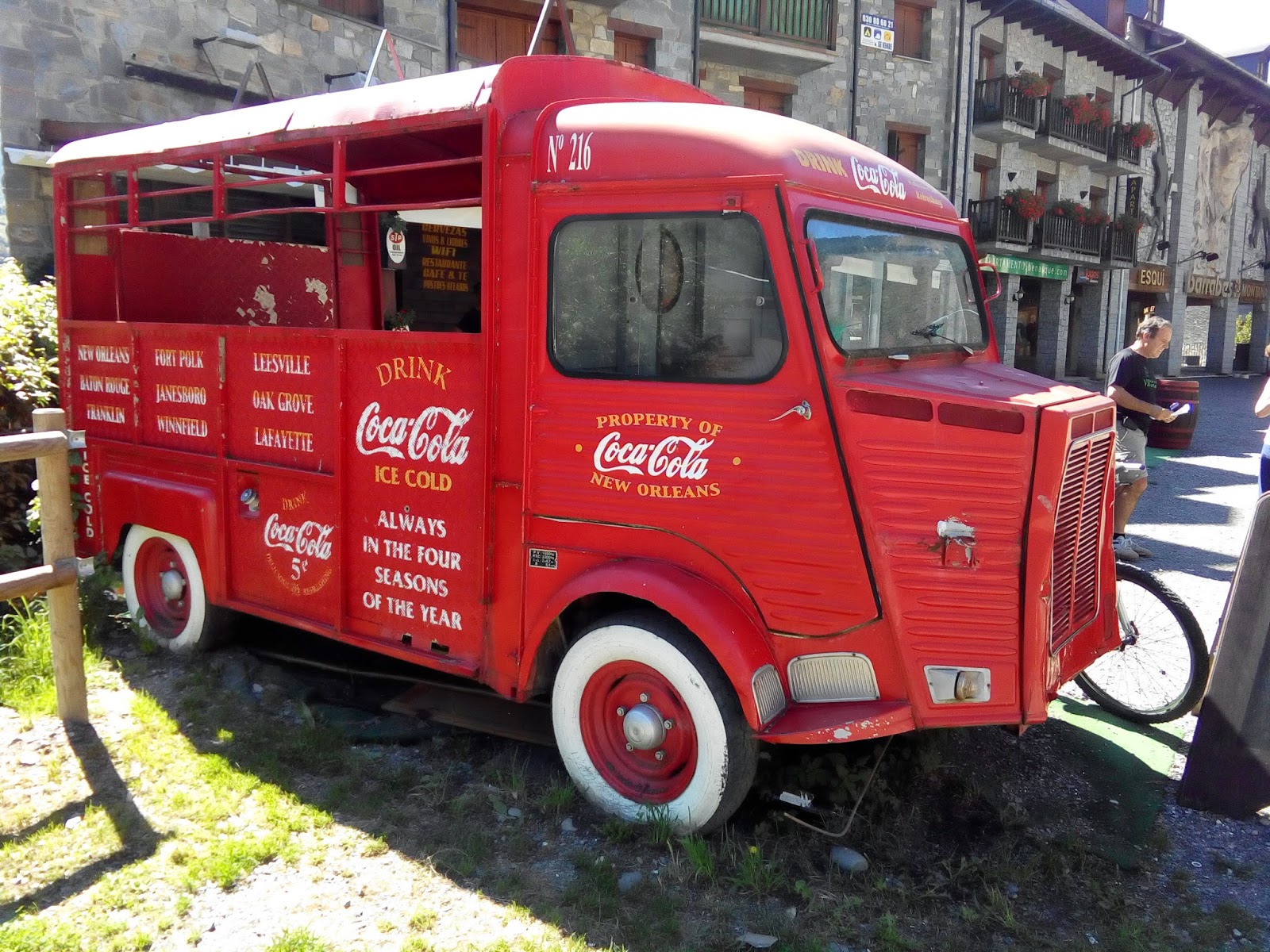What is Fresco ??
Facebook launch an image library software named Fresco which is a powerful system for displaying images in Android applications. It takes care of image loading and display so you don't have to.Fresco's image pipeline will load images from the network, local storage, or local resources. To save data and CPU, it has three levels of cache; two in memory and another in internal storage.Fresco's Drawees show a placeholder for you until the image has loaded and automatically show to the image when it arrives. When the image goes off-screen, it automatically releases its memory.
Displaying images quickly and efficiently on Facebook for Android is important. Yet we have had many problems storing images effectively over the years. Images are large, but devices are small. Each pixel takes up 4 bytes of data — one for each of red, green, blue, and alpha. If a phone has a screen size of 480 x 800 pixels, a single full-screen image will take up 1.5 MB of memory. Phones often have very little memory, and Android devices divide up what memory they have among multiple apps. On some devices, the Facebook app is given as little as 16 MB — and just one image could take up a tenth of that!
What happens when your app runs out of memory? It crashes. We set out to solve this by creating a library we're calling Fresco — it manages images and the memory they use. Crashes begone.
Effects on Memory :
A decompressed image - an Android Bitmap - takes up a lot of memory. This leads to more frequent runs of the Java garbage collector. This slows apps down. The problem is especially bad without the improvements to the garbage collector made in Android 5.0.
On Android 4.x and lower, Fresco puts images in a special region of Android memory. It also makes sure that images are automatically released from memory when they're no longer shown on screen. This lets your application run faster - and suffer fewer crashes.
Apps using Fresco can run even on low-end devices without having to constantly struggle to keep their image memory footprint under control.
Customize Loading :
Fresco's image pipeline lets you customize the load in a variety of ways:
- Specify several different uris for an image, and choose the one already in cache for display
- Show a low-resolution image first and swap to a higher-res one when it arrives
- Send events back into your app when the image arrives
- If the image has an EXIF thumbnail, show it first until the full image loads (local images only)
- Resize or rotate the image
- Modify the downloaded image in-place
- Decode WebP images, even on older versions of Android that don't fully support them
Drawing Features :
Fresco uses Drawees for display. These offer a number of useful features:
- Scale the image to a custom focus point, instead of the centre
- Show the image with rounded corners, or a circle
- Let users tap the placeholder to retry load of the image, if the network load failed
- Show custom backgrounds, overlays, or progress bars on the image
- Show a custom overlay when the user presses the image
Animations Related Features :
Animated GIFs and WebPs can be challenging for apps. Each frame is a large Bitmap, and each animation is a series of frames. Fresco takes care of loading and disposing of frames and managing their memory.
Streaming Related Features :
Progressive JPEG images have been on the Web for years. These let a low-resolution scan of the image download first, then gradually improve the quality as more of the image downloads. This is a lifesaver for users on slow networks.
Android's own imaging libraries don't support streaming. Fresco does. Just specify a URI, and your app will automatically update its display as more data arrives.
Most Useful Feature :- Open Source
Having built this elaborate tool set for image display and manipulation, we wanted to share it with the Android developer community. We are pleased to announce that, as of today, this project is now available as open source.





































